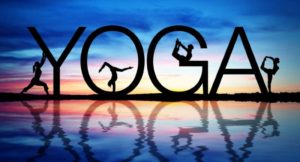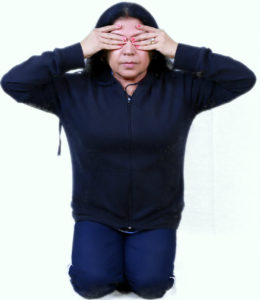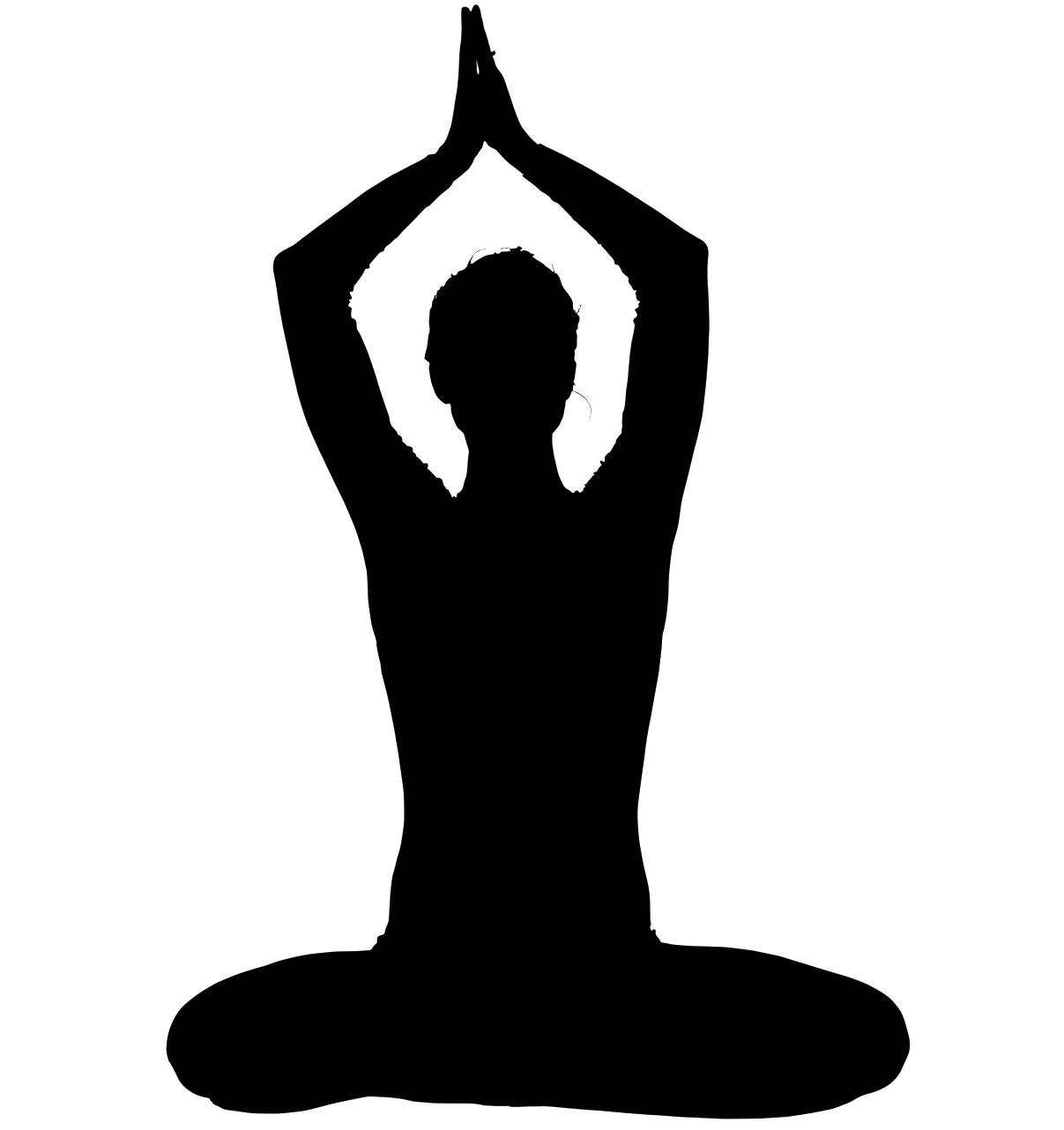 |
Do you also have the similar questions like what should be practiced first Asana (Yoga Postures), Pranayama (Breathing Exercises) or Dhyana (Meditation)? What is the right sequence to practise Asana, Pranayama, and Meditation? What should we practice first Pranayama or Asana? What is the right order? |
I personally start my practice with Sukshma Vyayama or light exercises to loosen up followed by Asasanas, Pranayama, and then Meditation if I have full hour to practice. The asanas help remove physical blockages in the body and after performing Asanas the energy flows freely and you are able to sit comfortably to perform Pranayama. After Pranayama, it is easy to sit in meditative state. Hatha Yoga Pradipika commentary by Swami Muktibodhananada (Yoga Publications Trust, Munger, Bihar, India) explains these questions as below:
|
After asanas, pranayama should be practised to purify the nadis. For this purpose nadi shodhana (nadi purification) pranayama is best. Then mudras should be performed to channelize the energy and create specific attitudes of mind, and bandhas to force the energy upward. In hatha yoga the sequence is – Asanas first, then Pranayama, Mudras and Bandhas. Lastly one should sit quietly in a meditative pose. |
 |
In the systematic science of Hatha Yoga, you must firstly prepare the physical body because it is the grossest manifestation of prana. Activate the prana through asana, then practise pranayama to purify the energy channels and to process and balance the prana. Then perform mudras to channelize the prana and arouse different faculties of the mind, and bandhas to draw prana upward from the lower centres. When the full capacity of prana or shakti is released, the high vibrational rate creates an audible sound in the inner ear. If you can hear it, it is sure sign that kundalini has awakened.
Article Credit: Neeraj Kumar, Also shared on his Yoga Blog
Hatha Yoga Pradipika commentary by Swami Muktibodhananada is a highly recommended book.
